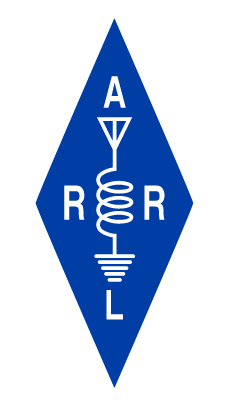To find the outside noise source, you will need an AM battery-operated receiver and antenna(s). In general, you start looking at HF where you likely first heard the noise with a short “sense” antenna and go to VHF and a directional antenna when you get close to the source.
More information is being written to offer guidance on how to do this, but here are a few general pointers:
There are many noise sources in your neighborhood. You can’t hear most of them at your station. So, you will need to make sure that what you have at your station and what you find in “the wild” are the same. There are a few ways to do this:
- for electrical noise, if you have an HF mobile set up (an AM dash radio may work,) if you can hear the noise in your mobile receiver in your driveway, you can then drive around and find out where it is strongest. This can be tricky, because you will need to have continuously increasing noise (with a standing wave that does cause it to vary as you drive near power lines) as you go from your station location to the source. It may be very useful to have a step attenuator in line to reduce the noise as you get closer to it, or it may be hard to determine the actual peak. Use the simple actions you took as clues to begin your search: the direction your antenna was pointing where the noise was strongest, the time of day, the day of the week, day vs. night, weather. For example, a failing power line connection wouldn’t be affected by the time of day but rainy weather might make it better. Solar systems might be noisy only during daylight hours. Note the use of the word “might.” The use of a short HF loop is useful to get to the vicinity of a power line issue but finding the particular pole or location usually is found most quickly using a VHF or UHF yagi. This is because the harmonics caused by the noise that starts low in the spectrum get weaker the higher in frequency you listen, so RFI that seems to be coming from everywhere in a several block radius at HF will be localized when the yagi is used to detect the weaker VHF harmonics. DO NOT use an installed antenna (dipole, G5RV, end-fed half-wave, long wire, etc.) to draw any conclusions about RFI as they will selectively amplify RFI at frequencies for which they are resonant.
- If get to an area where the noise is strong, try and identify the particular pole the noise is coming from. If it is power-line noise, you should stop right there and contact the local utility with the pole location (use the available landmarks, not pole numbers as these can change.) Notify the RFI Team of the result.
- If it is coming from a residence or business, we will need to identify the actual building. If the noise is coming from a device, you should be able to use the waterfall display you took at your house to see that it is the same device you are hearing. If it is a device, especially if it is strong, it is probably coming from an abutter to your location, or another house on the same 240V secondary of a utility step-down transformer that you are on. Some devices, such as grow lights, can be very strong and heard from a mile away, so be prepared to go far afield. If it IS a loud device, it will be exceptionally loud at the source, and you must in some way correlate that noise with your station.
- When interacting with the public, it is essential that you are viewed as being helpful and not hostile in any way. One approach is to inform the person that noise is sometimes an indication of a bigger problem that you’d like to help fix before something bad happens. If you sense the person is unfriendly, just say you are sorry to have bothered the person and withdraw. This is one of the reasons why the RFI teams exist. They have experience in dealing with the public, credibility with utilities and a working relationship with the ARRL and through the ARRL, the FCC. This one of the main reasons that the process has you contact the RFI team for help when you encounter potentially unfriendly situations, when utilities are involved or when a manufacturer’s product needs to be fixed.
If possible and practical in your neighborhood, it is time to use your battery-operated receiver with an S mater and a short “sense” antenna. If you place that receiver near the electrical wiring in each suspect house, it will be much stronger at the house containing the device than other houses. This external electrical wiring can be an exterior light or outside power meter. Place the antenna about 1 foot away from the wiring and compare noise levels. This may not always be practical, however, and in some neighborhood, could be considered to be trespass. Do not trespass under any circumstances and remember that only you can judge the safety of a neighborhood and how safe it may be for a number of reasons to be driving the neighborhood, parking safely if needed and getting out of the car.
